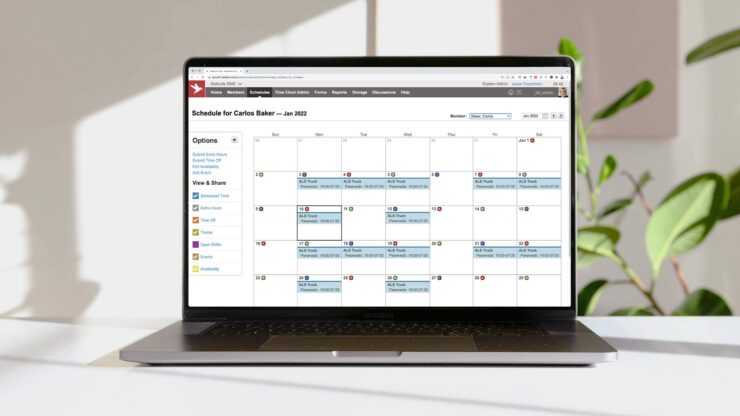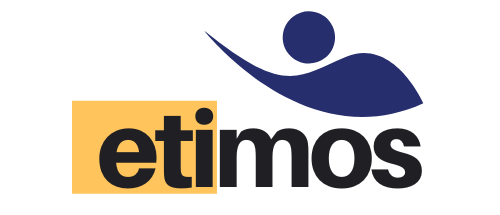Are you looking to maximize your workforce scheduling efficiency? If so, then investing in a dedicated workforce scheduling software may be the perfect solution for you.
With this type of software, you can easily create and manage employee schedules to ensure that your organization is running smoothly and efficiently.
It also allows for more flexibility when it comes to managing resources and teams across departments or locations.
Furthermore, modern workforce scheduling software is easy-to-use and provides insights into performance metrics which makes it easier than ever before to optimize team productivity.
This article will provide an overview of how investing in a good quality workforce scheduling system can benefit your business – from streamlining operations to improving communication between managers and employees alike!
Understanding the Benefits of Workforce Scheduling Software

When it comes to utilizing workforce scheduling software, several benefits can be gained.
The first benefit is the ability to create a more efficient schedule for your staff.
By using this type of software, you can quickly input data such as employee availability, job duties, and hours needed per day or week.
This information can then be used to ensure the best possible scheduling decisions are made to promote efficiency and productivity within the workplace.
Another advantage of workforce scheduling software is its ability to reduce costs associated with labor management.
By automating certain elements of managing schedules, businesses may benefit from reduced overtime expenses due to better forecasting capabilities offered by these systems.
Additionally, the time saved in manually creating and adjusting employee schedules equates to monetary savings as well as improved accuracy when it comes time for payroll processing at the end of each pay period.
The use of workforce scheduling software also gives employers an efficient way to manage their employees’ workloads daily.
With up-to-date records available through self-service portals provided by most programs, managers have access to accurate information about current assignments and any changes that need immediate attention which helps them make sure projects stay on track easily without overburdening team members or stalling progress along the way.
Finally, advanced features such as tracking attendance records or performance reviews help employers gain insights about how their teams are functioning overall so they can continue making adjustments accordingly to maximize efficiency across all departments while ensuring their employees remain engaged with their work responsibilities throughout each shift rotation cycle keeping everyone productive and fulfilled consistently.
Setting Up and Customizing Your Software for Maximum Efficiency

When it comes to setting up and customizing workforce scheduling software, the key is to find a balance between efficiency and accuracy.
This means ensuring that employees have enough time for each task, while also minimizing any overlap or double bookings.
To get the most out of your software, start by tailoring it to the specific needs of your business.
Consider what tasks are most important to prioritize them correctly.
Not only should you customize settings such as shift length, but also consider how best to organize employee availability so that everyone can meet their commitments without overloading themselves.
Next, look into ways of automating certain processes within your system – this will save time when making changes or assigning shifts down the line.
You may even be able to use automation tools like machine learning and artificial intelligence (AI) algorithms to optimize schedules further based on historical data or external factors like weather reports etc.
Finally, make sure you take advantage of all available features including reporting and analytics functions which can help you analyze trends and spot areas where efficiencies can be improved upon further over time.
Utilizing Features to Streamline Employee Schedules

Employee scheduling software has revolutionized the way businesses manage their workforces.
The features of these programs make it easier than ever to ensure employees are assigned shifts that best fit their needs and preferences while maximizing business efficiency.
Utilizing features such as shift swapping, employee availability calendars, automatic notifications, and forecasting tools can streamline employee schedules and help companies get the most out of workforce scheduling software.
One key feature is shift swapping, which allows employees to quickly switch shifts with other team members without having to go through multiple steps or approvals from managers.
This lets them easily adjust their hours if they need additional time off or have a conflict arise in their schedule.
With an employee availability calendar, employers can view all available staff at once and assign tasks accurately according to who’s available when needed.
Automatic notifications let employers keep everyone informed about changes in schedule with minimal effort on both sides – no more manual calls or emails! Lastly, forecasting tools allow for data-driven decisions around staffing levels based on historical trends so businesses can plan for peak periods throughout the year.
By utilizing these features, companies can efficiently organize staff schedules while giving employees control over how they want to work within those parameters – creating a win-win situation for everyone involved!
Conclusion
BuildOps Workforce scheduling software is a powerful tool for increasing productivity and efficiency within any business operation.
By streamlining the process of tracking employee availability and creating plans that maximize personnel utilization, workforce scheduling software can help businesses get the most out of their resources while allowing them to focus on other areas of operations.
With access to data-driven insights into labor costs and trends, businesses can make smarter decisions when it comes to staffing levels, resulting in improved customer service and higher profits overall.

